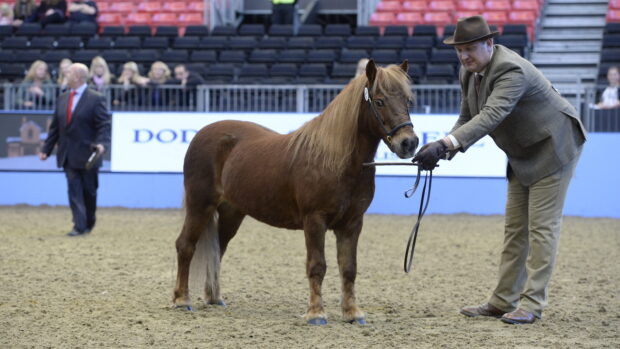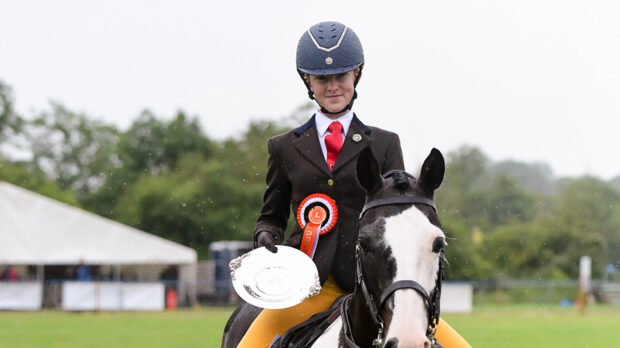In the native pony world, the competition to qualify for the highly prestigious ridden and working hunter pony championships at Olympia and Wembley is fierce.
Entries for performance classesare huge, while, with some exceptions, support for in-hand classes appears to be declining.
Yet in many ways, performance ponies are still treated as the poor relations.
Performance classes are often held in less accessible areas, a case of “out of sight, out of mind”, and they rarely carry the same status as the in-hand championships.
There is no doubt that breed societies are taking active steps to encourage performance – all have performance award schemes and shows.
The NewForest Pony Breeding and Cattle Society was one of the first to introduce a performance points award scheme in 1973.
It was also the first M&M society to introduce a voluntary stallion performance test, in which stallions are required to show their paces, jump a small course and undertake a ride across the forest.
In 1999, the society devised the Elite Pony Scheme in which ponies and their sires win points for:
- being in the first three places in ridden and in-hand breed and M&M classes, including WHP, at selected shows
- qualifying and doing well or winning major championships at any show
- British Dressage and BSJA jumping (this may be widened to include British Driving Society events)
Most importantly for a native breed, points may also be won by ponies running out on the New Forest :
- by gaining stallion premiums
- forest-fed premiums
- or are in the forest-run classes at the breed show
While these are not all “performance” as such, for premiums, the ponies are judged on condition, conformation and movement, and must demonstrate their hardiness by living out on the Forest for 11 of the previous 12 months – all important assets in any performance pony. They also gain points for their progeny’s successes.
Shetlands, even in the recent past, have suffered more than any other breed from judges refusing to take them seriously as performance ponies. But events like the Shetland Grand National have started changing attitudes.
There is now a comprehensive performance award scheme, which involves an annual two-day performance show and a more-recently introduced sire rating scheme for ridden and driven ponies.
The Welsh society has also just introduced performance ratings, to add to the two existing performance shows and wide-ranging performance awards.
The Exmoors’ society is planning to add a junior riders’ combined training section to its awards.
Two years ago, Connemara enthusiasts introduced new rules for the award of super premiums for both mares and stallions whereby the pony must already have both in-hand and ridden premiums.
They also have to have points in ridden classes, including jumping.
Although we may regard what most performance ponies do now as sport, to the ponies it is still work. They do it incredibly well and surely they should be given the same recognition as their in-hand relatives?




